Your cart is currently empty!
Category: Culture
Teru teru bōzu – Amulet against the rains in Japan
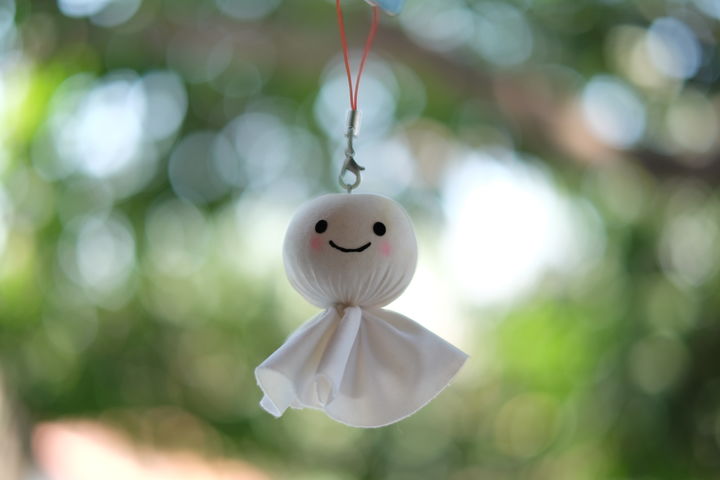
Japan has a rainy season which we call ” tsuyu ” in Japanese. During this time it rains and a lot! ” Tsuyu ” means ” plum rain ” because the plums are ripe and ready for picking at this time of year. In most of Japan, the rainy season is from early June to… Read more
Modern Yokai according to Sakyu, Japanese artist and illustrator
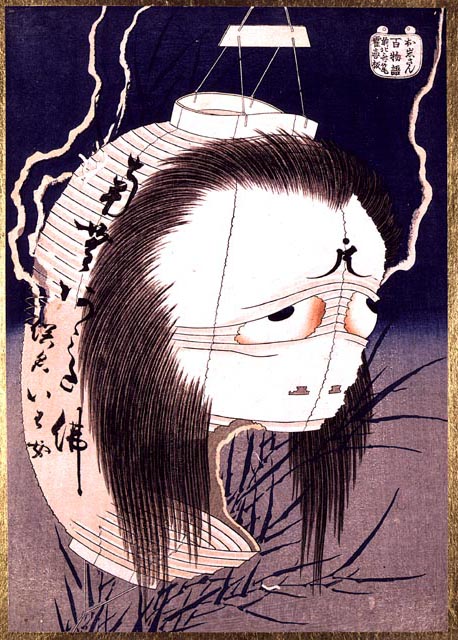
Yōkai 妖怪 are supernatural entities and spirits from Japanese folklore that are deeply tied to the Japanese animist belief that spirits inhabit all things, whether living or not. The yōkai can take on humanoid characteristics such as the zashiki-warashi , animal characteristics such as the kappa (imp or water goblin) or Amabie , who fights the… Read more
Katana-kaji – Master Japanese Swordsmiths

Katana-kaji , the master craftsman who makes the wonderful Japanese katana or tohken swords. It is possible to trace the origin of tohken to the Kojiki (Archives of the Ancient Masters) and Nihonshoki (The oldest chronicles of Japan) texts. These were considered sacred treasures rather than a weapon, offered to deities at shrines, and placed… Read more
Aizome, the “Mystic Blue of Japan”
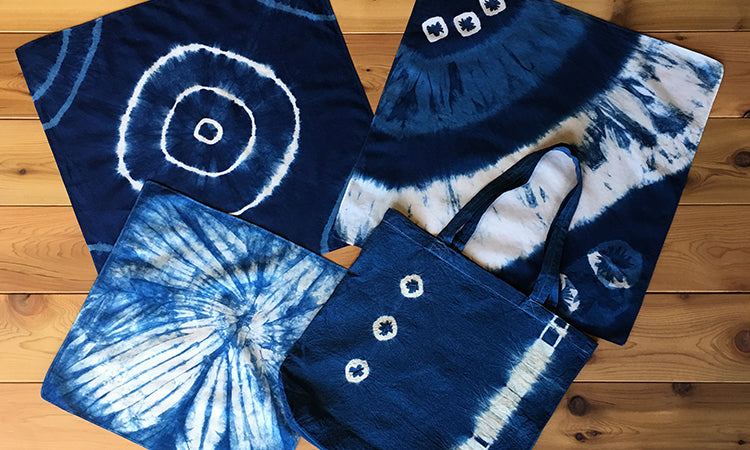
Aizome (藍染め) or “indigo dyeing” is characterized by a deep blue color that is also called ” Japan blue ” as it is known and appreciated in the world due to its beautiful hue. It has been treasured by the Japanese since ancient times and is now used for modern items such as jeans or… Read more
The Origin of Tabi Socks
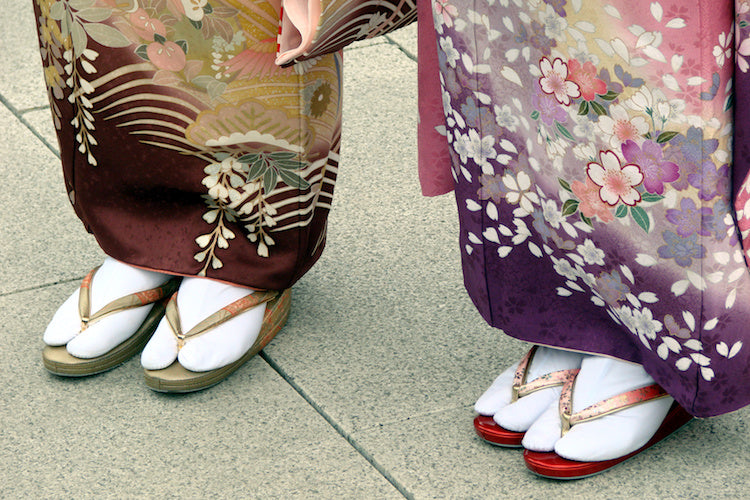
Recently, tabi socks have enjoyed something of a “renaissance”, growing in popularity around the world. And honestly, we’re not surprised! Considering the sock’s separately wrapped thumb is extremely comfortable, plus a wide variety of very creative designs. Of course, like many things from Japan, tabi socks have an interesting story behind them. Tabi socks appeared… Read more
OIMATSU – The Paradise of Traditional Japanese Sweets
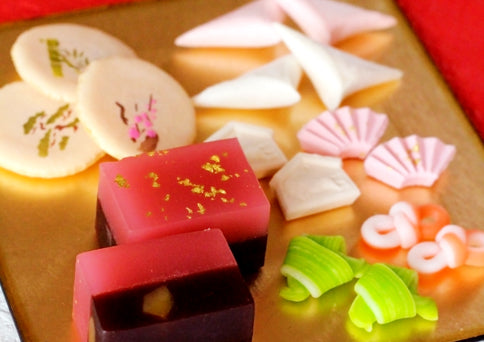
Do you like traditional Japanese sweets or would you like to try them at their maximum exposure of flavor and art? So, you can’t miss “Oimatsu”, a business specialized in these! You will be able to find an excellent variety of Japanese sweets, beautiful to look at and delicious to taste! “Kyo-gashi” are a type… Read more
Kōdō – Path of Fragrance
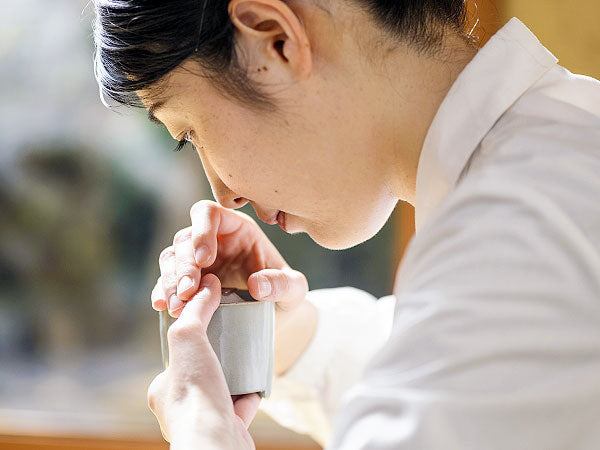
“A piece of wood floating on the water washed up on the shores near Awaji Island in the third year of the Suiko Era (595 AD). When the islanders lit a fire with this wood, an indescribable fragrance rose into the air. and the islanders were amazed. The wood they had burned was brought to… Read more
What are furoshiki
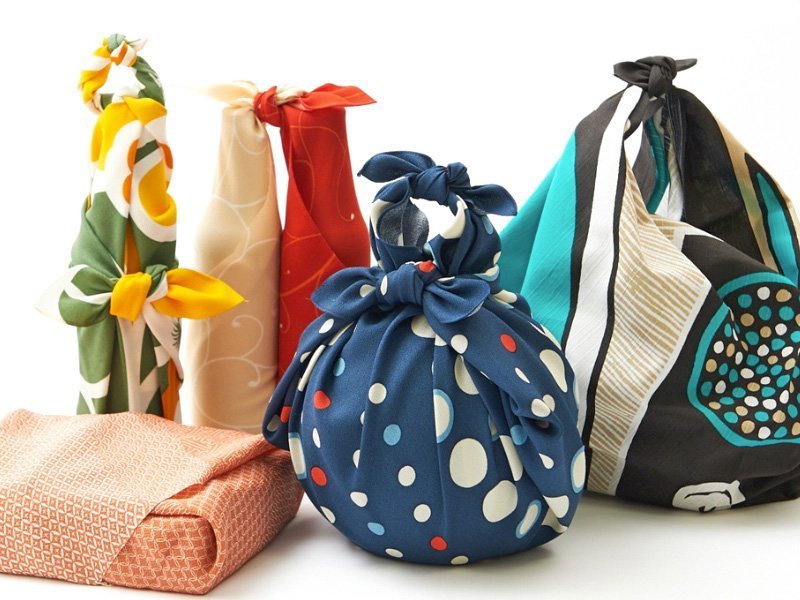
Furoshiki are fabrics, usually decorated, that despite having their origin in the 8th century, during the Nara period, are still used in daily life in Japan. Initially, during the Nara period, they were used to store clothes when visiting public baths, hence their name “furo” bath and “shiku” align or place in a place. Although… Read more
Yukata – Japanese Summer Dress

The yukata (浴衣) is the casual version of the kimono. It is a dress normally made of cotton or synthetic fabrics, which covers the body in one piece and is held up with a belt called an obi . The name yukata comes from the word “yu” (bath) and the word “katabira” (traditional underwear or… Read more
Three Styles of Scrumptious Somen Noodles

When people usually think of Japanese noodles, soba or udon often come to mind (ramen is not a type of noodle, it is a complete dish). Unfortunately, not many are familiar with the sōmen, despite being just as popular among the Japanese. Like soba and udon, sōmen are also noodles based on wheat flour but… Read more
